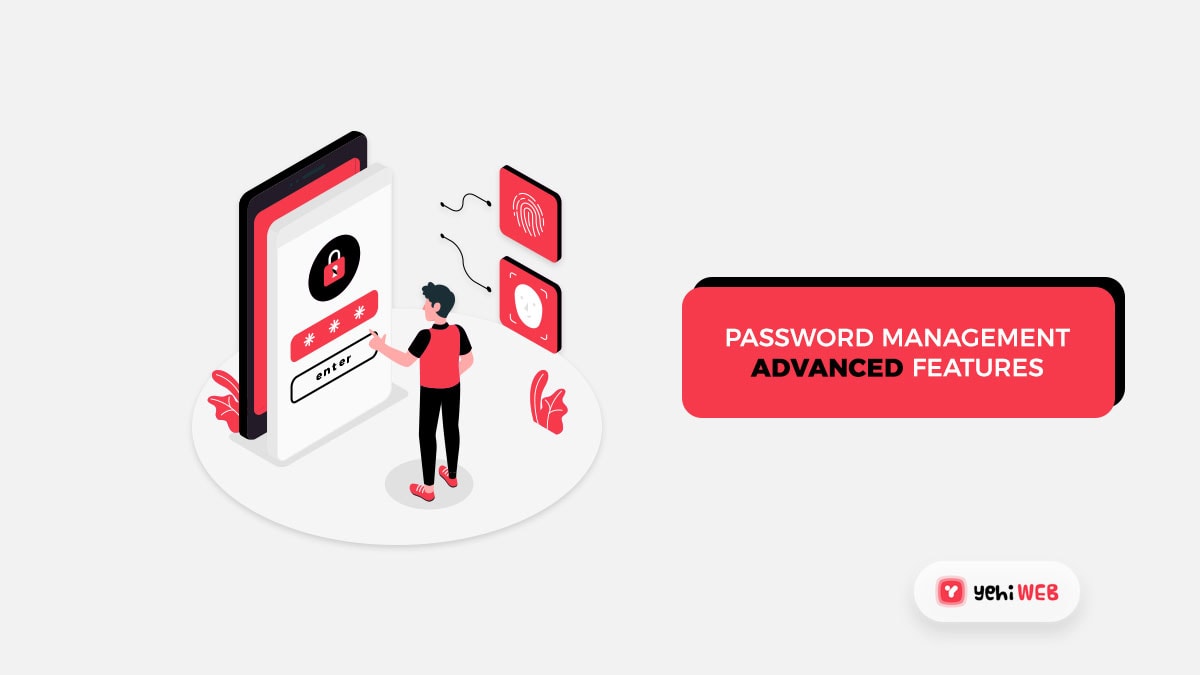Your email is like your digital passport. It lets you shop, chat, work, and connect. But what happens when your email ends up in the wrong hands? Yep, we’re talking about a data breach. Scary stuff—but don’t worry. We’ll show you the easy way to check if your email has been exposed and what to do next.
What’s a Data Breach Anyway?
Imagine you leave your locker at the gym open. Someone sneaks in, takes a peek, or even steals your stuff. That’s basically what happens in a data breach. Hackers get into a database and grab names, emails, passwords, or worse.
Every year, millions of emails get leaked. Big names like Facebook, LinkedIn, Yahoo, and many more have fallen victim. If your email was part of one of these hacks, your info might be floating around the internet.
Signs Your Email Might Be Compromised
Sometimes the signs are obvious. Other times, not so much. Here are a few red flags:
- You get strange password reset emails you didn’t request.
- Friends complain about weird emails coming from your account.
- You’re locked out of accounts with your usual password.
- You get spammed more than usual.
These don’t always mean you’ve been breached, but they are warning signs. Best to check and be sure!
Step 1: Use a Breach Checker
The easiest way to find out if your email was part of a breach is by using a free tool. Here are the best ones:
- Have I Been Pwned – The classic and most trusted breach checker.
- DeHashed – Searches emails, usernames, passwords, and more, but needs registration.
- Firefox Monitor – Made by Mozilla; simple and private.
Just go to one of those sites and type in your email address. Click search and boom—if your email was in a breach, you’ll see a list of affected websites and what info was leaked.
What If My Email Was in a Breach?
Don’t panic. Instead, follow these steps:
- Change your passwords immediately, especially for important accounts like email, banking, and shopping.
- Use strong, unique passwords for every site—no more “password123” or “qwerty.”
- Turn on two-factor authentication (2FA) wherever possible.
- Delete old accounts you no longer use. Less exposure, fewer problems.
You can also use a password manager to help with the new, complex passwords. Life gets easier when you don’t have to remember them all!
Let’s Talk Password Managers
A password manager is like a digital vault. You only need to remember one master password. The manager remembers the rest.
Popular options include:
- 1Password
- LastPass
- Bitwarden
- Dashlane
They can even auto-generate tough passwords for you. Super helpful and way more secure than a notebook or sticky note.

What’s Two-Factor Authentication (2FA)?
Two-factor authentication adds an extra lock on your digital doors. It usually works like this:
- You type in your password.
- Then, you get a code on your phone or app.
- You enter that code to access your account.
Even if someone knows your password, they can’t get in without that second code. It’s like a double lock—and we love double locks.
Watch Out for Phishing
If your email was leaked, brace yourself. You might start seeing fake emails—like the ones pretending to be from your bank or Netflix. They want you to click a link or give your passwords.
Don’t fall for it.
Always check:
- Does the email address look weird? (Like service@netflix.scamsite.biz)
- Are there spelling errors?
- Does the link try to trick you? Hover before you click to see where it really goes.
When in doubt, go to the site directly. Don’t click the email link. Better safe than sorry!
Should You Change Your Email Address?
Sometimes, if your email is leaked and spammed a lot, you might think about starting fresh. It’s a lot of work—updating accounts, telling contacts—but it could give you peace of mind.
If you do go that route, here’s what helps:
- Create the new email with a strong password and 2FA from the start.
- Update your accounts slowly, starting with the most important ones.
- Tell your contacts about the change to avoid confusion or missed messages.
Stay Ahead of Future Breaches
Sadly, data breaches aren’t going away anytime soon. But you can be smarter than the average victim.
Here’s how:
- Use a breach monitoring service like Have I Been Pwned or Firefox Monitor to get alerts.
- Avoid reusing passwords between sites.
- Be cautious with what info you share online—especially on public profiles.
- Use privacy-focused services like encrypted email or VPNs if you’re extra concerned.
Treat Your Email Like a Treasure
Think about how many accounts are linked to your email. Your bank. Social media. Online shopping. It’s the key to your digital world.
So protect it:
- Check if it’s been in a breach.
- Change your passwords regularly.
- Use tools that make security easy.

And remember, being safe online doesn’t have to be boring or complicated. With a few smart moves, you can outsmart the bad guys and keep your digital life secure and stress-free.
Stay safe. Stay smart. And always lock your digital doors.
yehiweb
Related posts
New Articles
Jobs That Hire at 15: Companies Hiring Teens Right Now
For many teenagers, getting a job at 15 is more than just a way to earn money—it’s a valuable opportunity…

